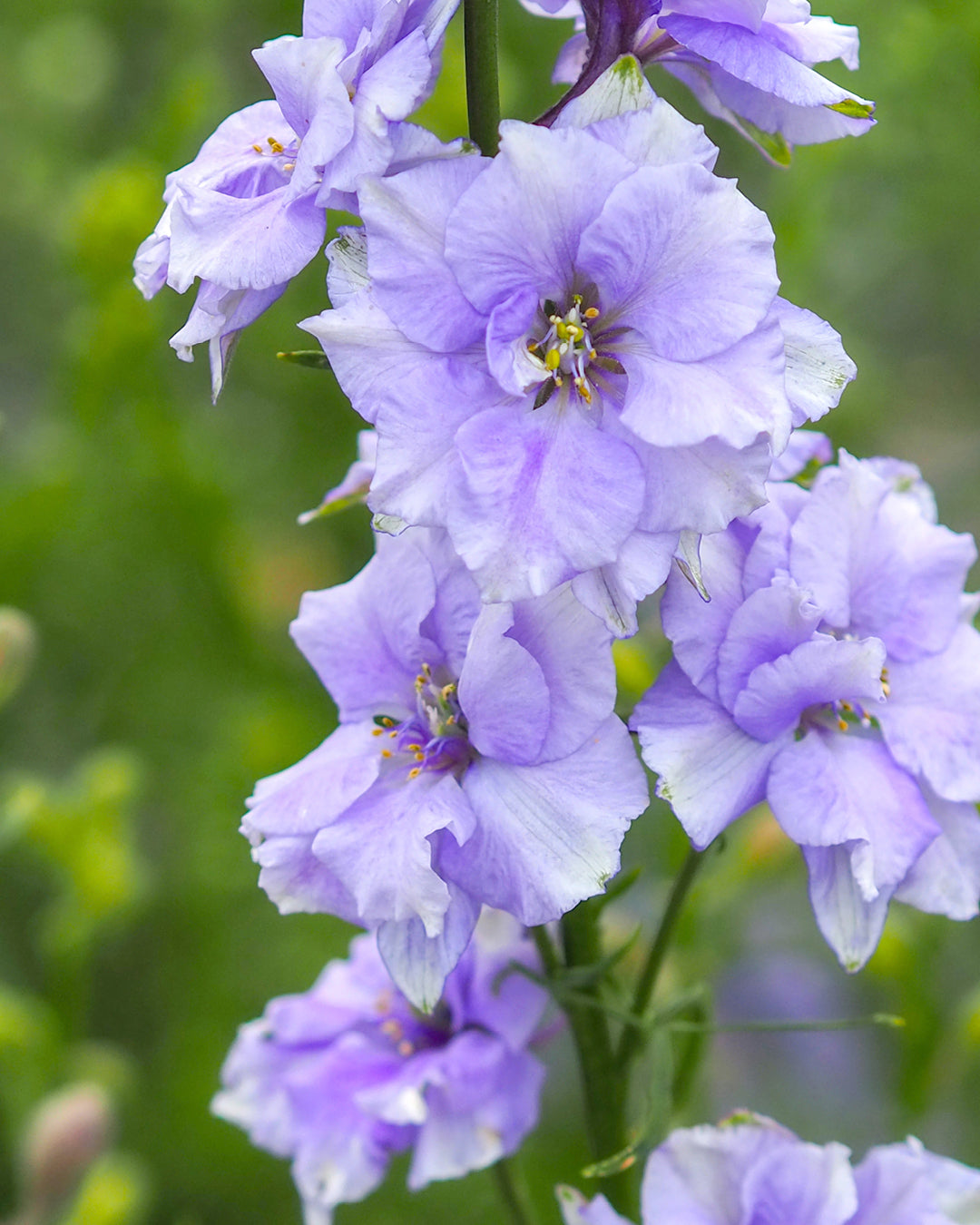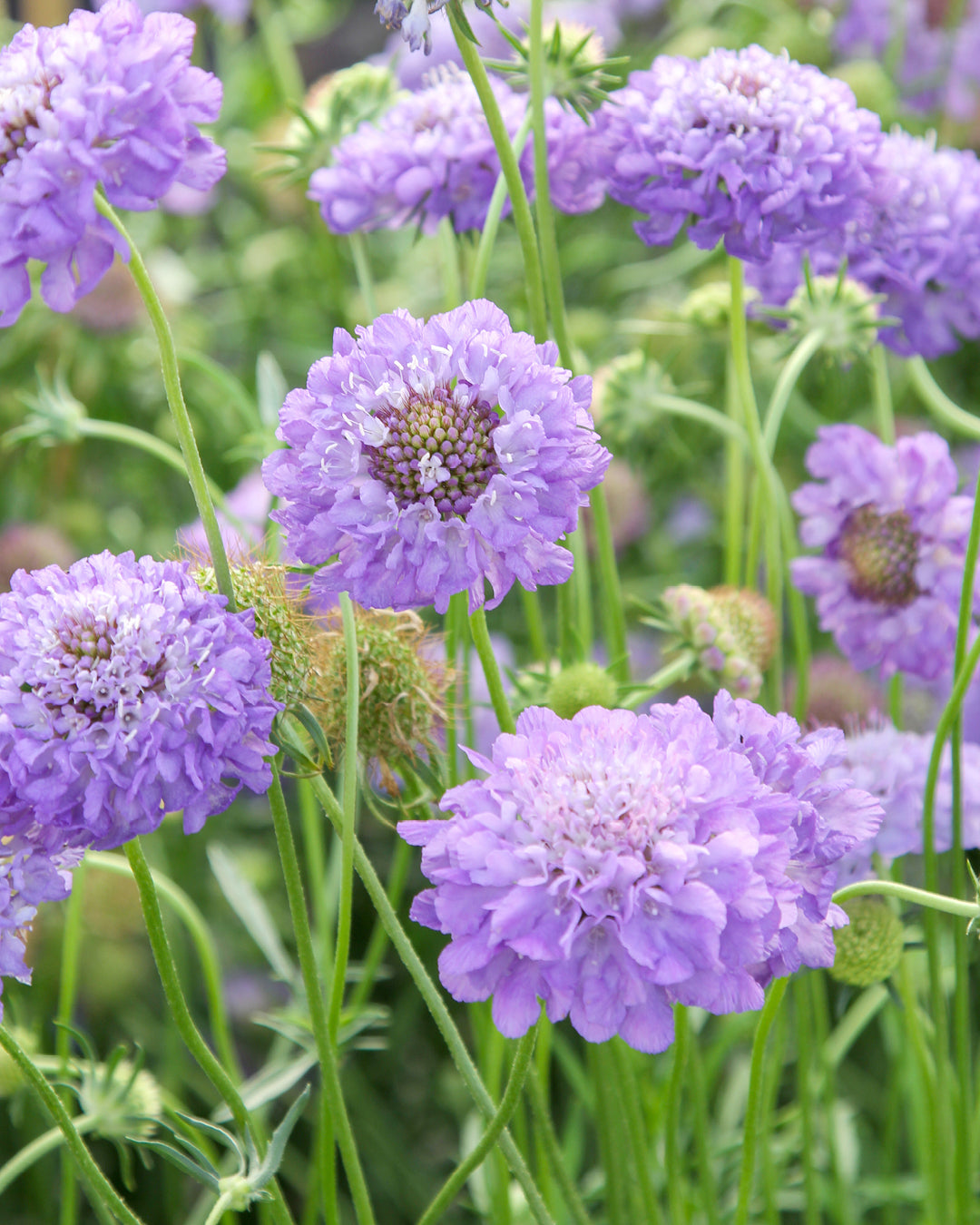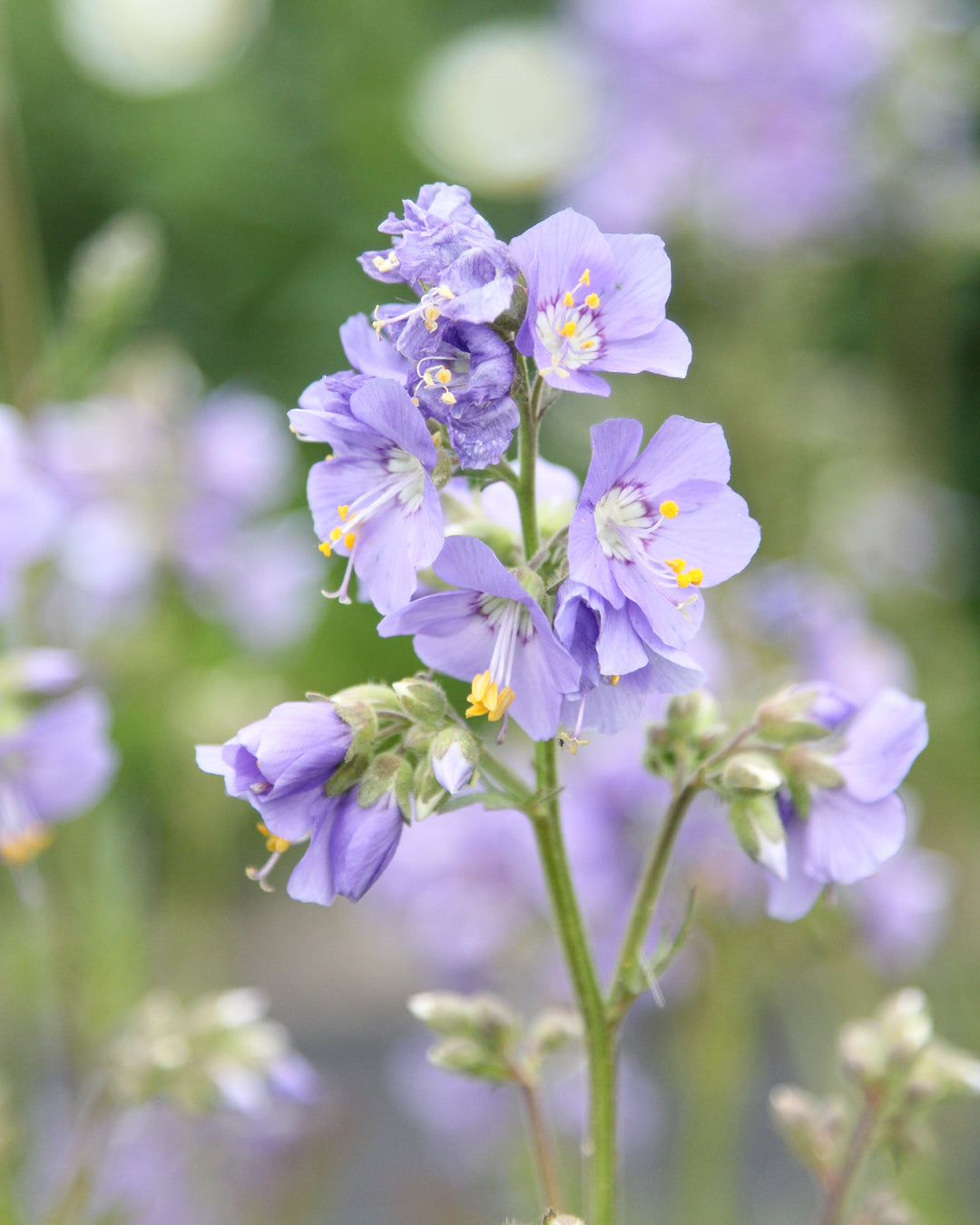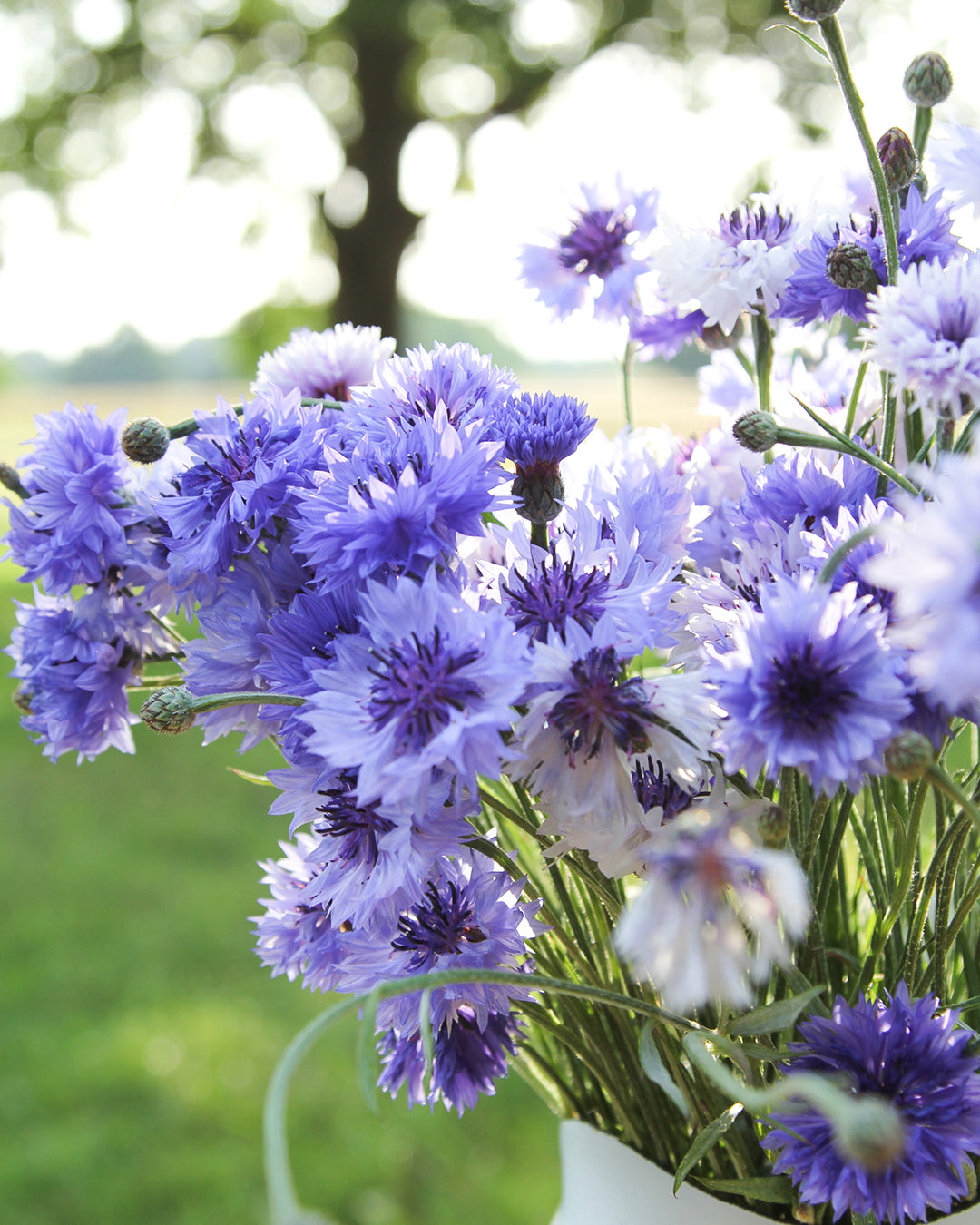Green manure – revives tired beds
In the vegetable and summer flower garden, the bare earth is starting to show through more and more. The peas have long been harvested, the onions are drying in the sun, braided in braids, and the last of the bush beans are being used in a hearty stew. But don't worry, the beds will quickly turn green again – with all-natural soil helpers. These rejuvenate tired beds.

Clever gardening using the old method
Empty beds – what now? Either you decide to sow quick-starters like radishes, cress, and winter vegetables and salads, or you give the soil a well-deserved break and wellness treatment in the form of green manure. This method may be old hat, but it's still a clever gardening idea for enriching the soil with valuable nutrients and improving soil structure. This not only saves on artificial fertilizers but also prevents weeds from spreading in empty beds.
From green pioneers and ticket collectors
Green manure actually originates from arable farming, but makes just as much sense in the garden. The dense above-ground plant mass leaves no room for annoying weed seeds and prevents the soil from drying out. Underground, the vital root system of some green manure plants ensures that the soil is loosened and aerated. Winter rye, for example, is the perfect soil aerator. A single plant forms a magnificent root system, totaling 600 km in length. However, the best-known green pioneers are still members of the legume family. The species-rich legume family includes many clover species, lupins, vetches, peas, beans, and soybeans. They are considered nitrogen collectors. In their root nodules, they fix nitrogen from the air in the soil, which is then made available to the plants. However, this fertilizer production only works in partnership with bacteria, with which the plant forms a symbiotic relationship. A true win-win situation from which both sides benefit. The oxygen-sensitive bacteria are protected from atmospheric oxygen and, in turn, bind nitrogen from the air. Since organic farming generally avoids the use of mineral fertilizers, legume cultivation represents an important source of nitrogen and a great alternative. Nitrogen fixation can reach a whopping 100 kg/ha per month. With many green manure crops, especially legumes, crop rotation should be observed, which will also ensure successful soil improvement. Winter rye is an unproblematic exception. It is popular with many organic gardeners because it is not related to any other vegetable except sweetcorn. Green manure as a soil improver also plays an important role for home builders. Once the heavy construction machinery is gone, it often leaves behind completely devastated and heavily compacted soil. Before buying the first garden plant, it's worth investing in green manure seeds!
Soil treatment with long-term effect
Now in autumn, when the beds have been harvested and lie fallow, it's worth taking advantage of the long winter months. The four-month wellness treatment until spring is really good for the soil. For example, with a balanced mix of winter rye (Secale cereale) and winter vetch (Vicia villosa) in a ratio of 80:20. Rye aerates and loosens the soil, while vetch fixes nitrogen. This balanced mixture of nitrogen fixers and soil aerators will restore your tired soil over the winter. In spring, when you're ready to replant the beds, the above-ground plant matter is simply mown and shredded and placed on the compost. The fine root system, however, remains in the soil and is lightly buried when loosening the soil with a digging fork. This provides the best basis for humus formation for the industrious microorganisms in the soil.

Other hardy candidates for establishment are:
Alfalfa (Medicago sativa):It forms dense green carpets; blooms blue-violet from June to September, is an effective nitrogen collector, has deep roots with many fibrous roots in the upper soil layer; alfalfa improves heavy, compacted, diseased soils in 2–3 years. Excellent for compost; do not use this legume as a green manure before or after beans and peas.
Swedish clover (Trifolium hybridum) and red clover (Trifolium pratense):Perennial, frost-hardy green manure and forage plants with a taproot. The spherical white or red inflorescences bloom from late April to October. Swedish clover also produces nitrogen. It noticeably increases the soil's tillage content. It's a great soil improver and an important source of food for bees and bumblebees.
Perennial ryegrass (Lolium perenne):Slow-growing and sensitive to drought, it leaves fine-crumbly soil and reduces clubroot infestation, a fungal disease that destroys the vascular tracts.
Crimson clover (Trifolium incarnatum):This attractive, dark-red annual clover with its elongated flower spikes grows rather slowly and suppresses weeds. The plant collects nitrogen from the air, making it an excellent winter cover crop for vegetables with high nitrogen requirements (e.g., cabbage), while also keeping away the cabbage leaf fungus and the cabbage white butterfly. Frost-hardy to minus 10 degrees Celsius, this green manure improves soil structure and is a valuable green fodder for pets and a great source of nectar for bees and bumblebees. Do not apply before or after beans and peas!

Quick cure as a short-term solution
For a quick 2 to 4-week soil treatment in spring or as an interim solution in summer, a green manure with the following often not winter-hardy green manure plants is suitable.
Broad bean (Vicia faba):
Legumes for pre-sowing, nitrogen collectors, and deep-rooted plants. They have taproots up to 1.5 m long, making them suitable for loosening soils even in heavy soils. Cut off the above-ground parts of the plants when they have set fruit. The roots remain in the soil so that the collected nitrogen is available to the bedding plants. Good for nutrient-poor and dry soils.
Bee friend (Phacelia tanacetifolia):
This attractive borage suppresses weeds and is considered a nitrate scavenger. This shallow-rooted plant with many fine roots grows rapidly and is suitable for all vegetable crops. It is ideal as a follow-up crop for beans and peas and helps combat their foot-and-root diseases. It also functions as a green manure in shady areas. It is a valuable food source for bees and insects.
Yellow mustard (Sinapis alba):
This well-known cruciferous plant, also known as white mustard, germinates and grows very quickly. Do not use as a green manure before or after other cruciferous plants such as cabbage, cress, rocket, radishes, rapeseed, or horseradish. It forms taproots and a large root mass that loosens the soil. The mustard oils also have a positive effect on bacterial and fungal life in the soil. When sown by July, it attracts northern blue and mignonette butterflies.
Lupine (Lupinus)
Blue or yellow lupins – these fragrant legumes are the best-known nitrogen collectors among green manures. They tolerate drought, quickly build up a lot of green mass, suppress weeds, and are particularly suitable for subsequent cropping on nutrient-poor and medium to heavy soils, as they loosen the soil. Never plant them before or after beans and peas!
















